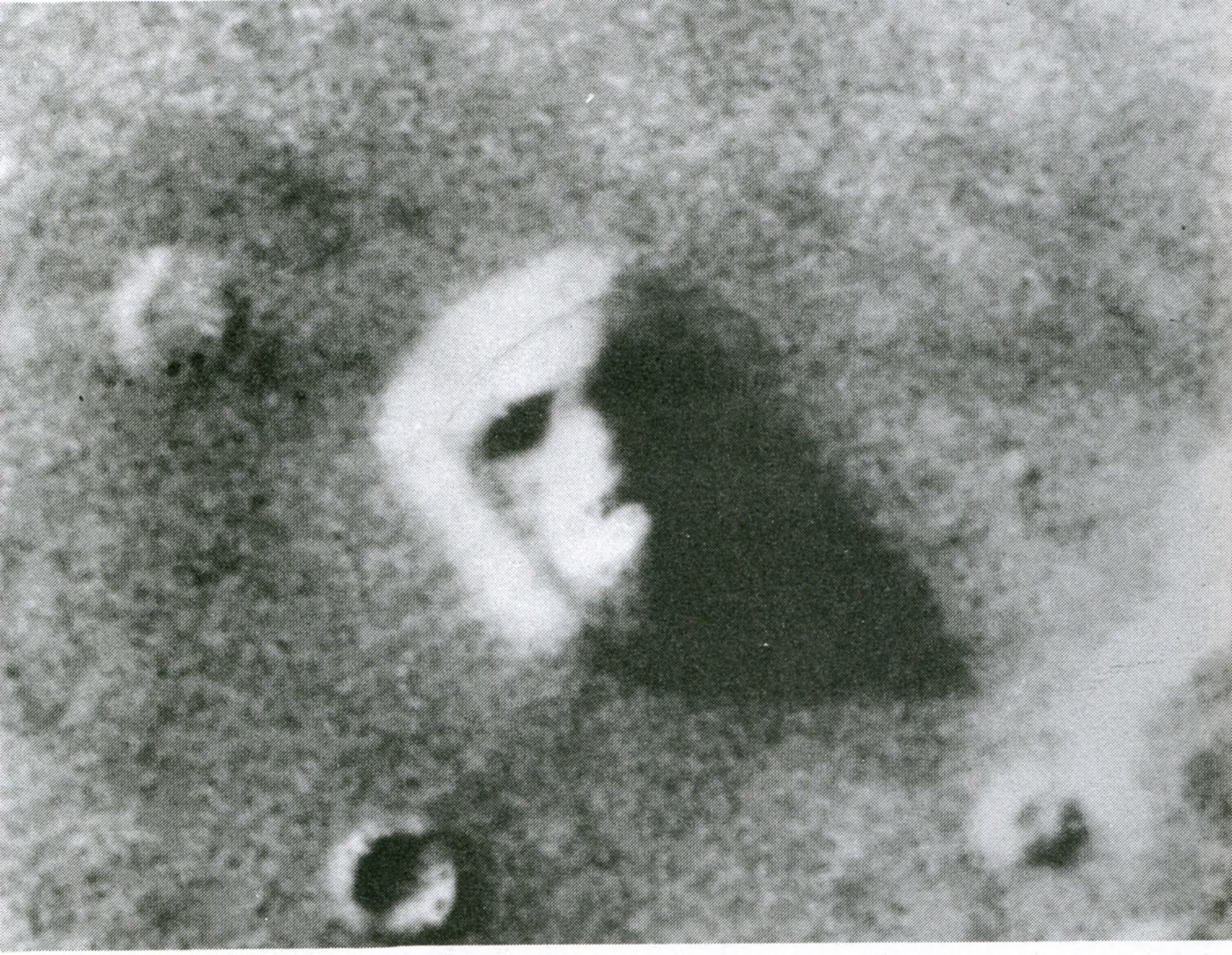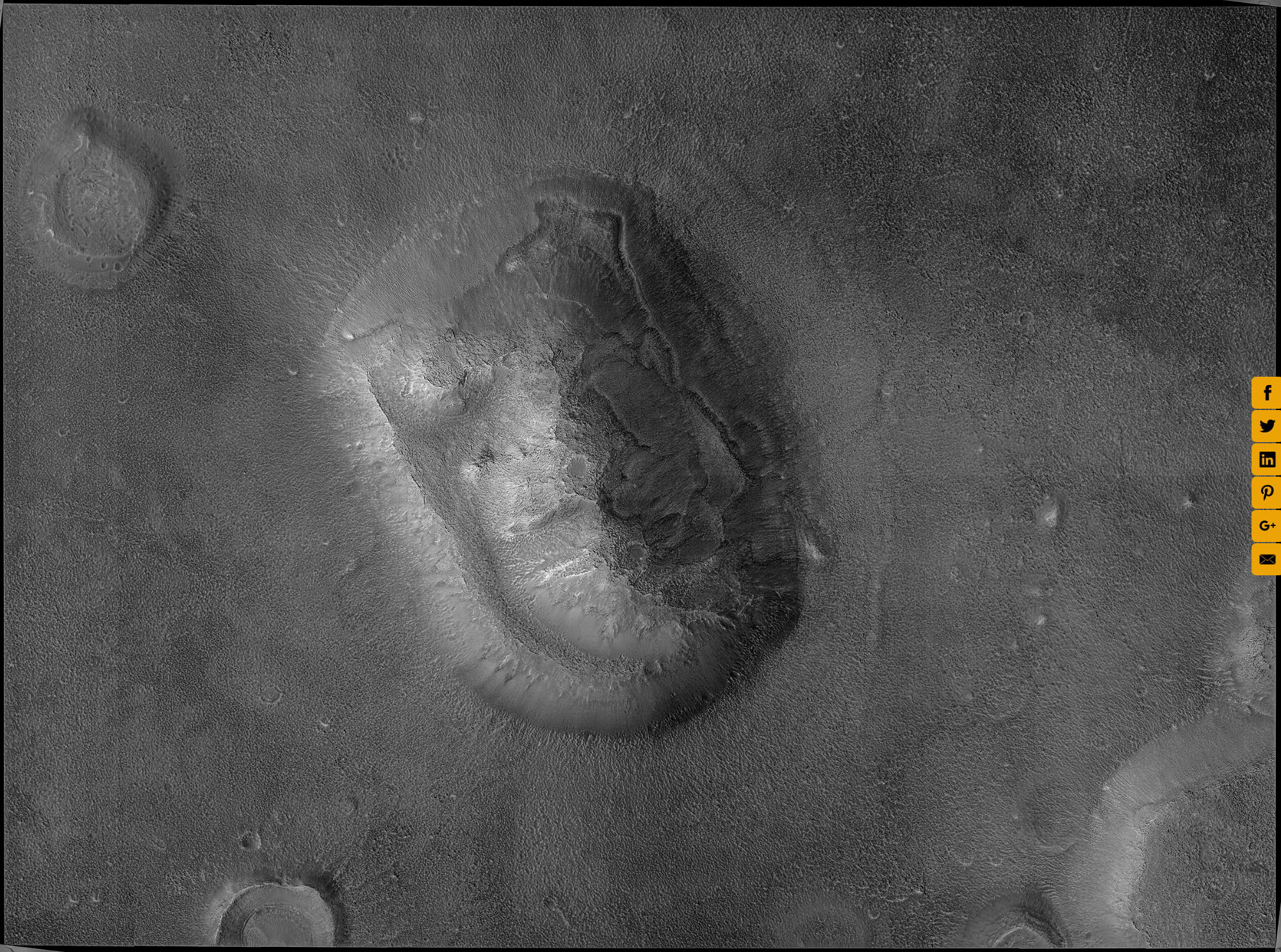

He continued, "Where there's vegetation, you can bet there'll be something nibbling on it. "Something is actually moving and changing with the seasons that suggests, at least, vegetation."
#AROUND THE FACE OF MARS SERIES#
"I'm quite serious when I say, have a really good look at these new Mars images," Clarke said at the time, speaking via phone during the Wernher von Braun Memorial Lecture series at the Smithsonian's National Air and Space Museum. Clarke, co-creator of "2001: A Space Odyssey", announced that he had spotted patches of vegetation, including trees, in new photos of Mars taken by the then-orbiting Mars Global Surveyor. In 2001, seven years before he died, the famous science fiction writer Arthur C. (Image credit: NASA/JPL/University of Arizona) It is warmed and sublimates (evaporates) from below, and escaping gas carves a numerous channel morphologies. Translucent carbon dioxide ice covers the polar regions of Mars from each season. Takeo Watanabe of the Boston University Visual Sciences Laboratory put it this way: "We've over-learned human faces so we see them where they aren't." 2001: A Mars tree Face pareidolia happens, scientists say, as a byproduct of our heightened sensitivity to the details of human faces. Pareidolia is the scientific term for seeing faces (or other significant objects) where they aren't. From other angles, however, seen in photos taken by the Mars Express Orbiter and other spacecraft, the mountain is clearly just that, and doesn't look much like a face at all. More than 30 years later, the "Face on Mars" still inspires myths and conspiracy theories, with many people believing it to be an artificial structure built by an ancient Martian civilization.įrom a bird's-eye view, shadows on the mountain really do make it look like a face. It all started back in 1976, when NASA released an image of an interesting mountain on Mars, taken by the Viking 1 spacecraft, complete with a caption that described the formation as appearing to have eyes and nostrils. NASA's Viking 1 Orbiter spacecraft photographed this region in the northern latitudes of Mars on Jwhile searching for a landing site for the Viking 2 Lander.

Related: Would humans born on Mars grow taller than Earthlings? The face Later, spectroscopic analysis of the light coming from Mars showed that there was no water on its surface. The theory was debunked in the early 20th century, when it was demonstrated that the "canals" were merely optical illusions: When viewed through poor-quality telescopes, pointlike features, such as Mars' mountains and craters, appear to be joined together by straight lines. The inaccuracy was further fueled, according to NASA, by excitement over the construction of the Suez Canal, an engineering marvel of the era completed in 1869.
#AROUND THE FACE OF MARS FULL#
That misconception was popularized by an astronomer named Percival Lowell, who in 1895 presented drawings of the canals in a book, titled "Mars," and argued his full theory in a second book, "Mars as the Abode of Life," in 1908. The Italian word he used for them, "canali," meaning channels, was translated to "canals" in English, leading many in the English-speaking world to conclude that Mars had intelligent life that had built a system of waterways.

(Image credit: Universal History Archive/Universal Images Group via Getty Images)ĭuring Mars' close approach to Earth in 1877, the Italian astronomer Giovanni Schiaparelli peered through his telescope and observed grooves on the Red Planet's surface. A 19th-century drawing of Mars showing "canals" and dark areas.


 0 kommentar(er)
0 kommentar(er)
